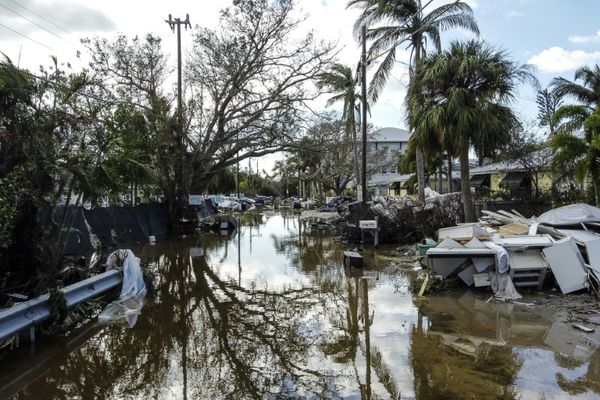In its latest review of the economy encompassing the period from June till July 10, the Finance Ministry is sanguine about India’s economic recovery and has asserted that major macro-economic risks have subsided over the past six weeks. The Government’s cautious optimism is tinged with impending concerns of a speedier tightening of monetary policies by the U.S. Federal Reserve and the resultant dip in asset markets, which can mar sentiment and consumption, on top of persistent geopolitical strife. But for now, interest rate hikes and measures to curtail the outflow of dollars announced by the central bank, with several steps from the government such as the imposition of windfall taxes and higher import duties on forex-drainers like gold, have been credited for lifting some of the dark clouds over the economy. Despite excise duty cuts on petrol and diesel, the Ministry believes India’s fiscal math for the year will not unravel thanks to the recent tax levies, and healthy Goods and Services Tax collections (that could get healthier as some GST rate hikes kick in from Monday). Industrial metal prices slipping to 16-month lows, prices for some food items falling off their peaks and crude oil prices descending in the face of fears of a recession in many developed nations, have helped. However, if these fears do not translate into ‘a sustained and meaningful’ drop in food and energy prices, India’s current account deficit will deteriorate in 2022-23 on account of costlier imports and tepid exports on the merchandise account, the Ministry has cautioned.
India’s high import dependence for fuel means oil price trajectories affect most macro parameters, including inflation, growth, current account balances, fiscal management and the rupee. And economic policymakers are rightfully concerned about the current account deficit (CAD) widening sharply from the 1.2% of GDP last year. There is a vicious circle at work here that may take a while to break. Slowing exports and costlier inelastic imports of oil have triggered record merchandise trade deficits for two consecutive months, exacerbating the CAD which is tripping the rupee, making imports even costlier and widening the CAD further. The CAD may have hit 2.7% of GDP in the first quarter, some reckon, but if developed economies slow down as expected and shale oil supplies pick up, crude oil prices could drop lower and the full-year deficit may improve. Finance Minister Nirmala Sitharaman has assured the country of a pointed ‘item by item’ attack on inflation to ensure growth prospects are not hindered. If the fiscal deficit is not a concern, and tax revenues may, in fact, overshoot Budget estimates owing to high inflation, the Government can consider reviewing its fiscal capacity and think of more measures to stimulate growth and mitigate the detrimental effects of high inflation and interest rates on consumption and investments.







